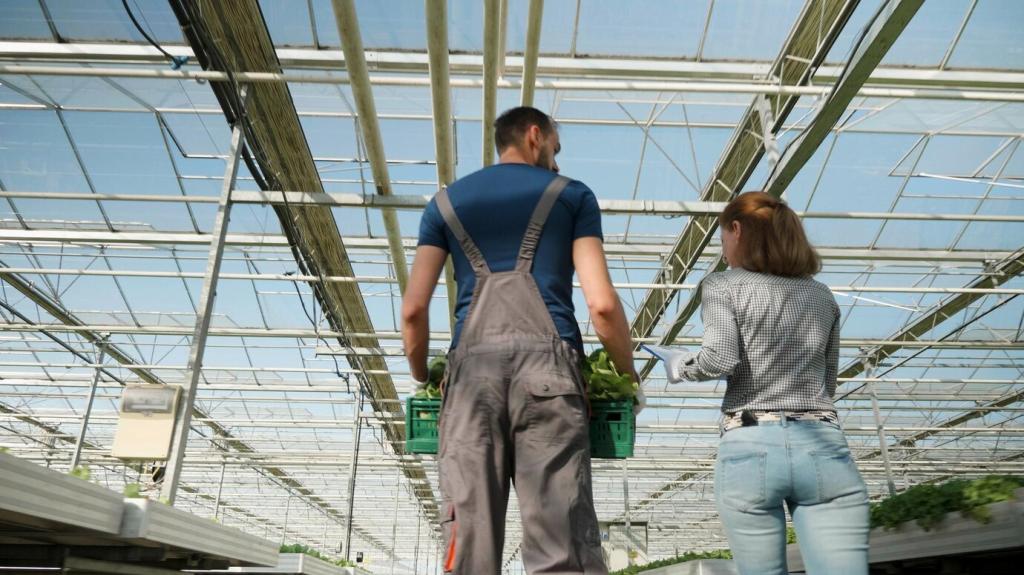Understanding Where Furniture Odors Come From
Musty odors commonly arise from microbial activity in damp cushions, underfabric, or wood crevices. Bacteria and molds metabolize tiny residues and release smelly by-products. Tackle moisture first, then use gentle deodorizers that neutralize compounds rather than simply masking them with fragrance.
Understanding Where Furniture Odors Come From
Foam, batting, and unfinished wood absorb spills and smoke molecules, holding onto what many call a scent memory. These trapped compounds slowly off-gas. Natural adsorbents and airflow help lift them out, while low-moisture cleaning prevents reactivating stubborn smells deep inside.




